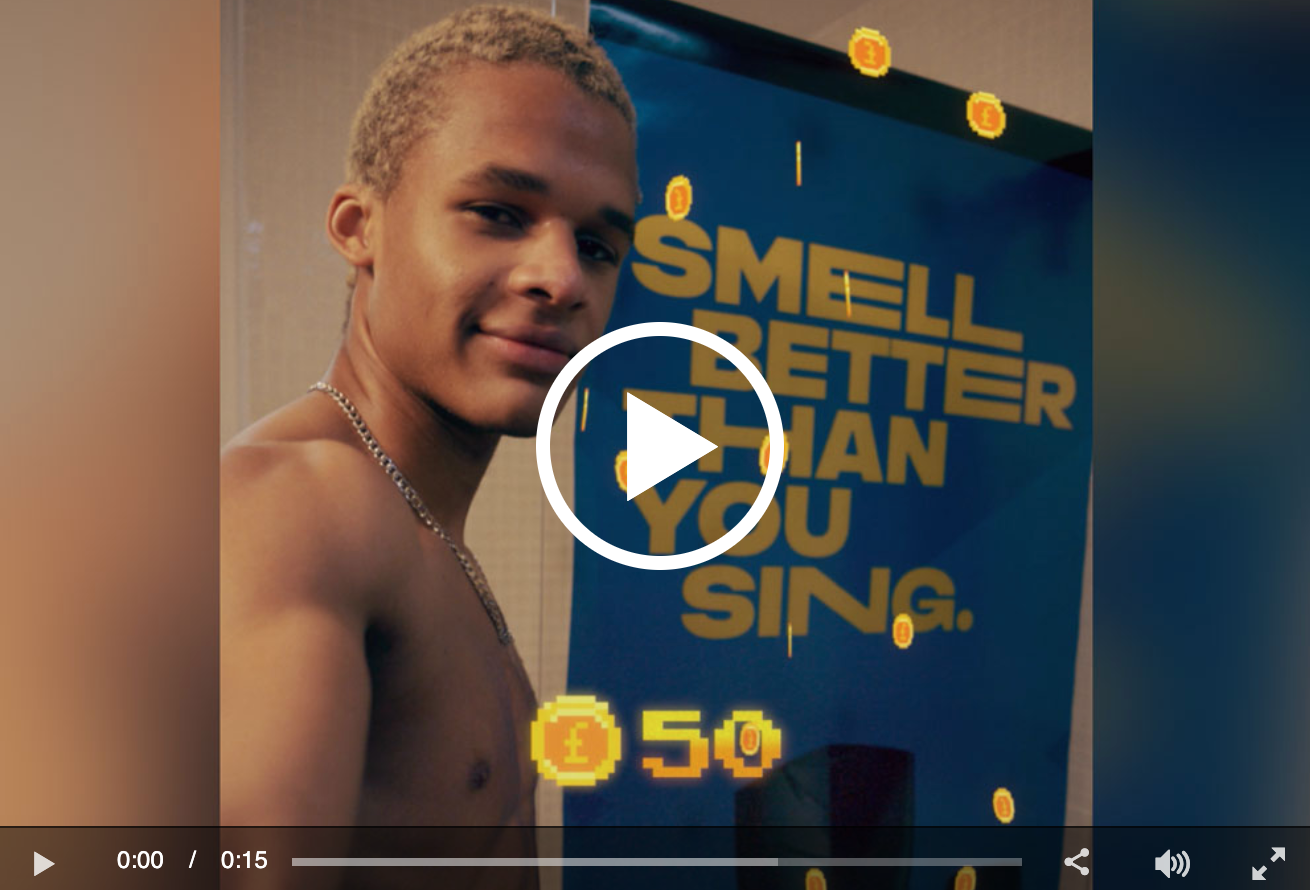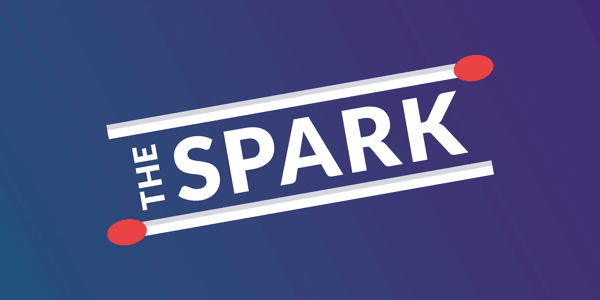Birds of a FeatherBetween Fleets, Spaces, and subscriptions, there’s been no shortage of Twitter announcements to excite marketers recently. Now the social media platform is developing yet another new tool, called Communities — and this one may help brands find their flocks.
Communities are basically interest-based user groups where only members can see the tweets shared within. Because users can belong to multiple Communities, they can select a specific audience for each tweet, rather than sending something out to the entirety of their followers.
Instead of worrying about boring certain followers with irrelevant updates or having to create separate Twitter profiles for different purposes, Communities will enable brands to interact with users around specific discussion points. The ability for brands to tweet about a wider range of topics and interests would allow for expanded reach, more targeted marketing, and increased engagement. We expect brands will take to the Community tools like ducks to water.
TL;DR: Twitter is working on a new Community tool, which would allow users to select a specific audience for each tweet.
My Favorite Podcast AdFor all of the jokes about podcast hosts “seamlessly” transitioning from talking about a grisly murder to describing how they just had the best sleep of their life thanks to a certain online-only mattress brand, podcast advertising isn’t going away anytime soon.
According to a new report, advertisers are increasingly investing in podcasts as the pandemic boosts the streaming audience. Not only is the increase in ears appealing, but podcasts are also popular for those seeking brand-safe and high-engagement platforms. In fact, over 70% of advertisers feel podcasts improve brand favorability and more than 60% believe they boost brand awareness and recall. Both of these metrics are essential in the podcast world where traditional measurement can be tricky.
Regardless of metrics, now that Apple, Spotify, Pandora, and Amazon are all in the podcast game, podcast ad spending is expected to jump 45% in 2021. Thanks to their familiarity, brand safety, and target audience potential, podcasts are a pretty killer option for brands looking to connect with targeted consumers in an engaging way.
TL;DR: The familiarity, brand safety, and audience targeting potential of podcasts have brands increasingly investing in the medium to reach consumers.
The Mildly Wild WestTwitter may not be as wild west as, let’s say, Reddit, but there’s always room for improvement. And as brand safety stays top of mind for advertisers, all digital platforms must offer ad solutions that minimize concerns. So, Twitter launched an initiative in the form of a video safe zone for advertisers looking to shield their brand from the platform's less-than-moderated (or #NSFW) conversations. Rather than risking a potential bad look, advertisers can now choose among 26 curated video categories, including light-hearted content, to appear beside.
Advertisers can take a deep breath knowing their family-friendly ads will be paired with equally wholesome content or their gaming ads will appear before videos in the gaming and lifestyle categories. And an added bonus? This push for topical and contextual advertising potentially solves another concern: Audience targeting in a post-cookie world. As consumer privacy ramps up, Twitter and other digital platforms will need solutions that serve ads based on contextual targeting rather than personal data. Talk about two (Twitter) birds, one stone.
TL;DR: Twitter’s latest brand safety push offers a video-safe zone for advertisers, including 26 curated video categories to choose from like sports, gaming, and lighthearted content.
What Lit Us Up
Spray It, Don't Say ItThere’s truly no better kind of advertising than an endorsement from a real-life user — the booming influencer marketing industry makes that clear. So U.K. brand Lynx (the equivalent of Axe in the U.S., beloved by teenage boys everywhere), put its own twist on this lucrative advertising tactic by tapping into some super micro, micro influencers.
For its indoor media campaign, Lynx sold a batch of limited edition branded goods including pillows, posters, magnets, and shower curtains. The products, which have since sold out, were available for purchase online by any “would-be” influencers age 18 or older. In turn, not only did the buyers receive some pretty sick merchandise, they were given a chance to earn a few bucks (well, pounds). By taking a selfie with the branded items and posting on social media, these newly minted influencers were eligible to be paid the equivalent of about $30 to $70 — not bad for simply snapping a pic.
Lynx’s campaign tapped into several major trends, from everyone’s desire to be an influencer (it’s okay to admit it) to the fact that most people are still spending the majority of their time at home. By combining these, the brand got its fans to turn their bedrooms, bathrooms, and beyond into indoor advertisements for a cost far below a typical major influencer campaign. Altogether, Lynx put a creative spin on a common strategy while engaging its most loyal users and their followers. Smells like teen spirit.
TL;DR: U.K. brand Lynx sold limited edition merchandise, then paid the buyers to display the merch in their homes on social media. (Was this email forwarded to you? Sign up here.)
|
-1.png?upscale=true&width=346&upscale=true&name=Tier%20One%20logo_color%20(1)-1.png)


